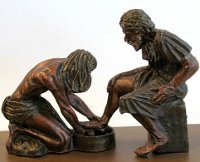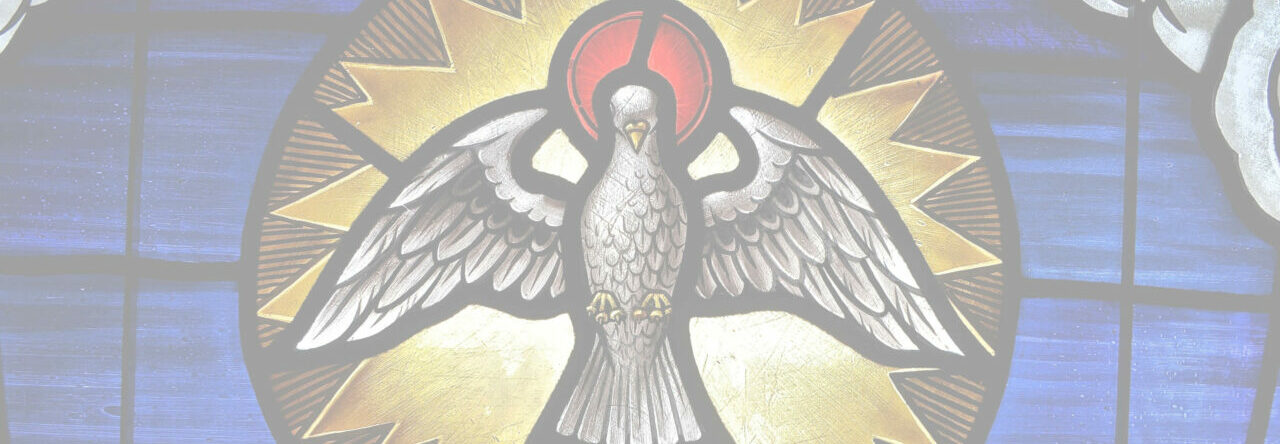 In the “Nuts and Bolts” series, I lay out some of the fundamental ideas and terms used in philosophy and theology for the lay person.
In the “Nuts and Bolts” series, I lay out some of the fundamental ideas and terms used in philosophy and theology for the lay person.
This time I’m looking at kenosis (also referred to less elegantly as kenoticism). Unfortunately, this is one of those terms which in some contexts generates more heat than light. If you search the internet for the term it’s likely that some of the first results you’ll find are extreme statements about the “heresy of kenosis.” Today I found one gem, for example, which claims that “The doctrinal heresy known as Kenoticism originated in the nineteenth century by the German theologians.”
Kenosis, however, is neither heretical nor German, and certainly did not arise in the nineteenth century, even though some nineteenth century German theologians may have formulated the idea in ways that others had not. Far from being an invention of modern Europe, kenosis has a long history in Eastern Orthodox Christianity, a significant branch of the church that many moderns are frankly ignorant of (moderns often including myself).
